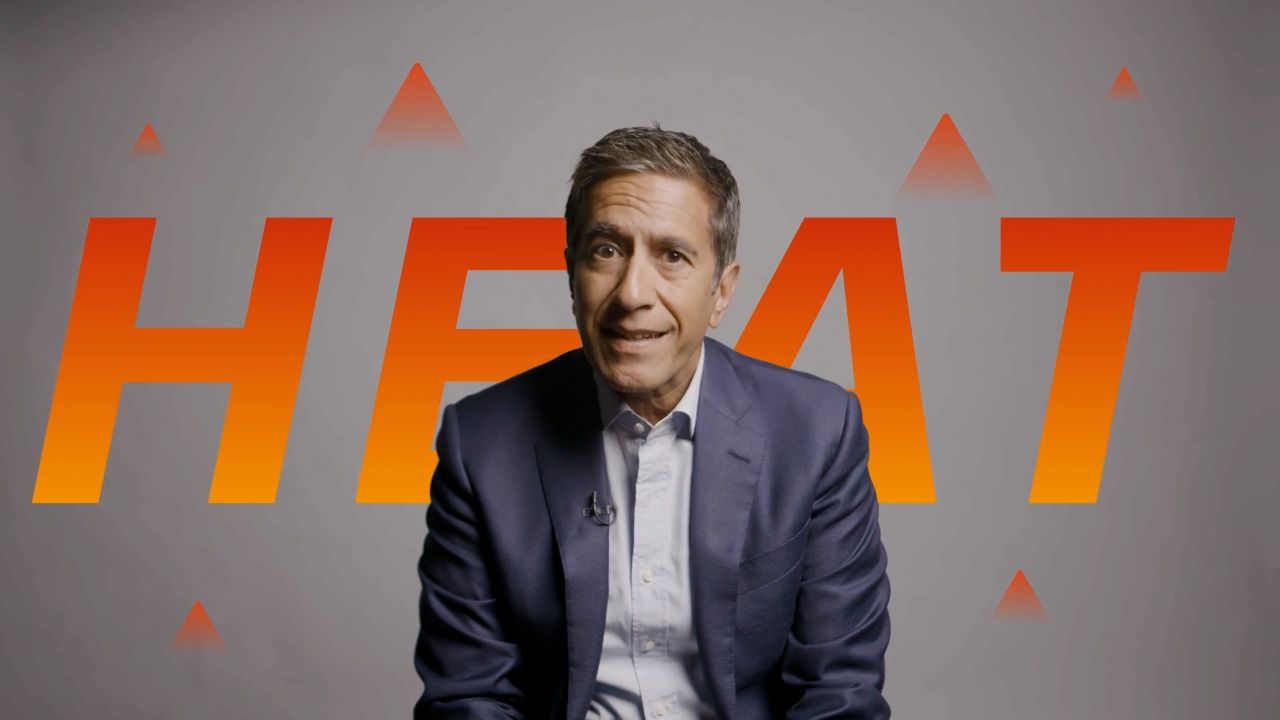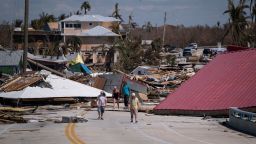Phoenix once again hit 110 degrees Monday for a record-tying 18th consecutive day at that temperature or higher as the Southwest sizzles under a deadly, unrelenting heat wave.
The record is expected to be broken Tuesday as the streak continues, with temperatures of at least 115 degrees in the forecast for Phoenix every day through next weekend.
As the scorching triple-digit temperatures persist, there have been 12 confirmed heat-related deaths recorded in Maricopa County so far this year as of the first week of July, and 55 under investigation as suspected heat-related deaths, according to data from the Maricopa County Department of Public Health. CNN has reached out to the Maricopa medical examiner for additional information.
The dangerously hot temperatures are also taxing hospitals as people suffering from heat-related illnesses seek treatment.
“The heat is taking a major toll,” emergency room doctor Frank LoVecchio from Valleywise Health Medical Center told CNN. “The hospital has not been this busy with overflow since a few peaks in the Covid pandemic.”
Heat is the number one killer of all natural disasters, studies show, and as temperatures continue to rise, scientists expect it to make even more people ill.
With residents cranking up their air conditioning this heat wave, Arizona Public Service utility customers’ demand on Saturday set the record for the most electricity used at once in the utility’s history, according to a news release from the company.
Phoenix has a total of 60 hydration stations, 30 cooling centers and four respite centers for those needing heat relief, Kelly Taft, communications director for Maricopa Association of Governments, told CNN.
It’s not just Arizona sweltering in the intense heat: Over 90 million people are under heat advisories across the United States, including at least 50 million who have been under heat alerts for the past 10 days.
There have been heat alerts for dangerously high temperatures in the Southwest – stretching from Texas to Arizona – for 38 consecutive days dating back to June 10.
And the streak shows no signs of ending any time soon. The heat is expected to continue across the region through at least July 28, and overnight temperatures will provide very little relief, the National Weather Service warned.
More than 1,500 record-high temperatures were recorded in the US so far this month, according to the National Oceanic and Atmospheric Administration.
Over 35 daily high temperature records were broken on Sunday alone, according to the weather service, with Death Valley, California, hitting a daily record-breaking 128 degrees and Las Vegas shattering its record with 116 degrees.
Phoenix and Tucson, Arizona; El Paso, Corpus Christi and Brownsville, Texas; and Tampa and Fort Myers, Florida, are all having their hottest July’s on record to date, according to NOAA climate data.
El Paso reached 100 degrees for the 32nd straight day, “with no end in sight,” the weather service tweeted. The previous record for consecutive days over 100 was 23 in 1994.
“Take the heat seriously and avoid extended time outdoors,” the weather service said. “Temperatures and heat indices will reach levels that would pose a health risk, and be potentially deadly, to anyone without effective and/or adequate hydration.”

Patients being placed in body bags with ice
At Valleywise Health Medical Center, LoVecchio said he has seen three to four cases per shift of patients who faced death without emergency treatment.
Body temperatures of 107 or higher can result in death or permanent brain damage. LoVecchio said it could take as little as five to 10 minutes to cause brain cell death at these high temperatures.
Valleywise Health Medical Center Communications Director Michael Murphy told CNN that in some extreme cases, they are placing patients in body bags packed with ice to help cool them off, adding the burn center has been “slammed” with patients experiencing contact burns.
LoVecchio said that pavement in the sun can reach up to 180 degrees. Patients may fall on the pavement due to dehydration, heat stroke or another medical condition, he said.
“It doesn’t cool down here at all and surface temps can get so ridiculously high and people can get burns in a matter of seconds,” Murphy said.
Over the past five years, Murphy said contact burns have become a “big problem.”
Everyone is susceptible to heat related injuries, including those who have lived in Arizona for their entire lives, Maricopa County Department of Public Health spokesperson Sonia Singh said.
“It doesn’t matter how long you’ve lived in the heat, how old you are or how healthy you are,” Singh said. “It impacts everyone.”
Correction: A previous version of this story mischaracterized the status of the 55 other suspected heat-related deaths; they are still under investigation. It also misstated where the deaths occurred; they were in Maricopa County.
CNN Meteorologists Brandon Miller and Taylor Ward, and CNN’s Raja Razek contributed to this report.






